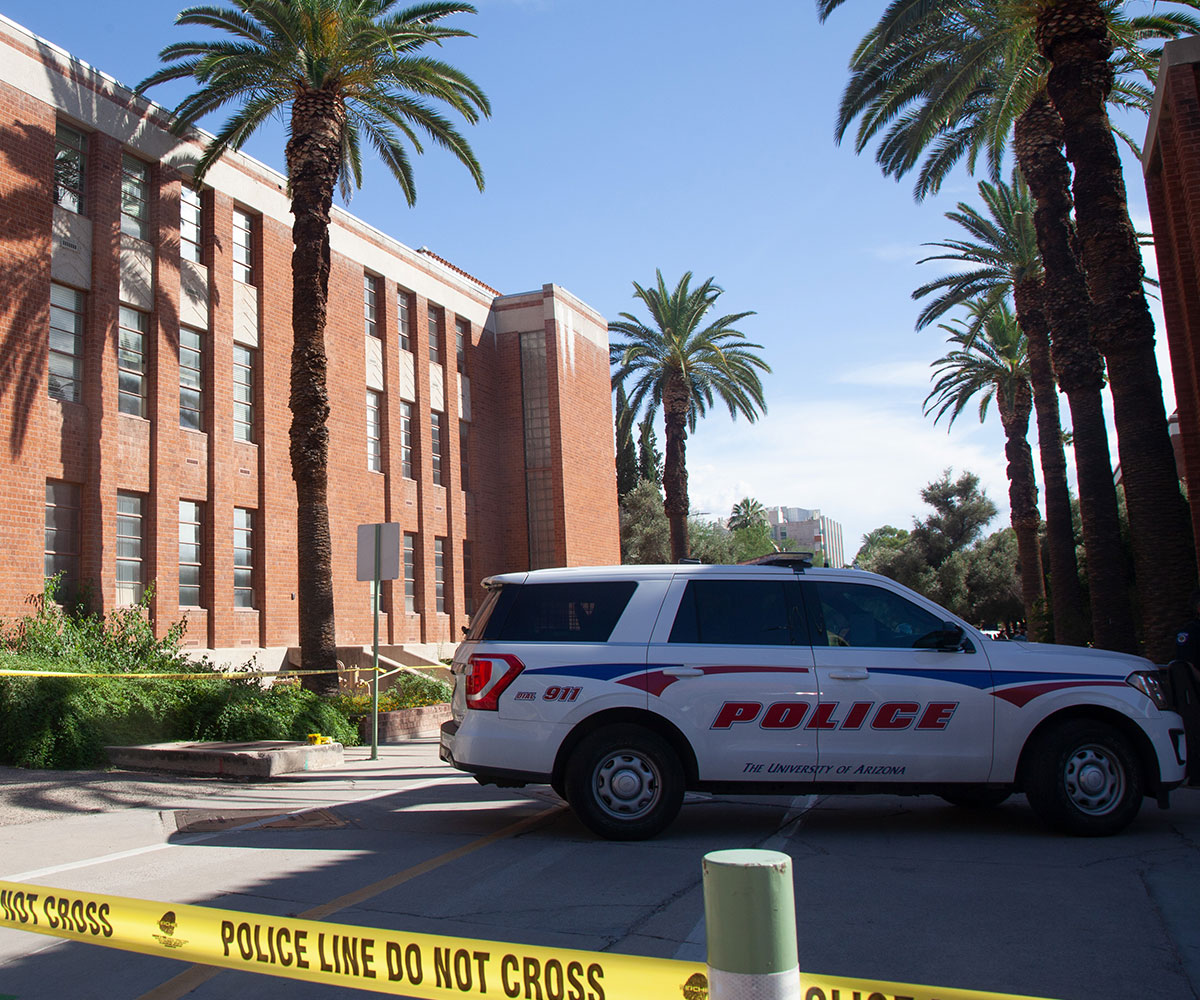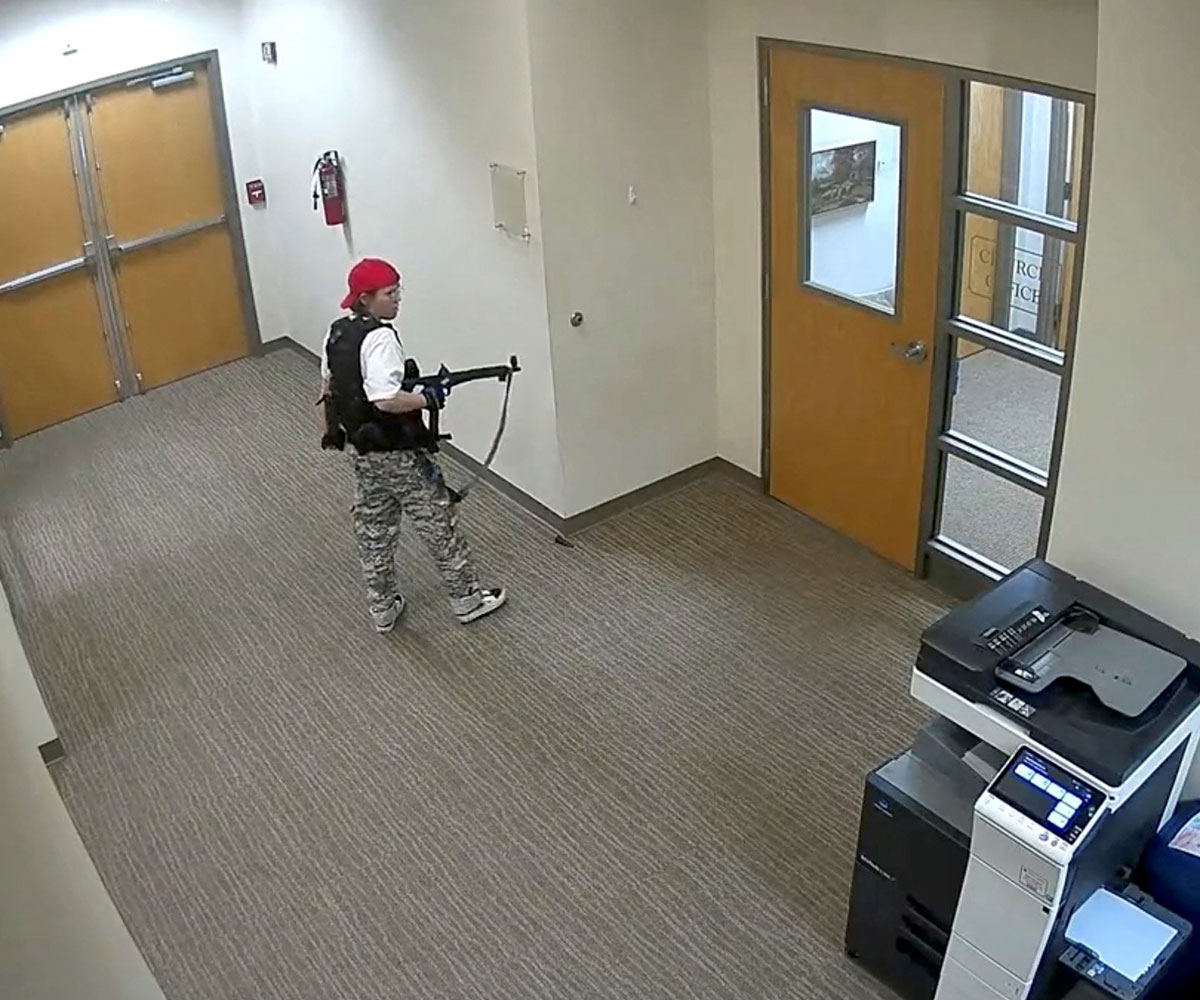Evolv Technology (NASDAQ: EVLV), the leader in AI-based weapons detection security screening, today announced the findings of a study – Gun Violence in America: The Impact on Educators – it commissioned with market research firm Equation Research. The inaugural report reveals that gun violence is taking a significant toll on educators, with 9 out of 10 believing their chances of encountering an active shooter at work has increased over the past 12 months.
Key findings:
- 1 in 3 respondents report having experienced a shooting at work (in a school setting)
- 1 out of 4 have been threatened by a student
- Sixty-one percent (61%) report their anxiety has increased over the past 12 months
- 4 out of 10 have heard students make threats against the school
- Twenty-two percent (22%) report being scared of one/more of their students
- Fifty-eight percent (58%) report being extremely/moderately anxious about going to work
“These findings highlight a need for us, as a country, to do better for our educators,” said Jill Lemond, director of education at Evolv Technology and former assistant superintendent of safety and school operations for Oxford Community Schools. “Unfortunately, we haven’t equipped schools to deal with the anxiety, fear, and trauma students are bringing into the classroom. As a result, those on the frontlines – most of whom haven’t been trained in mental health – are bearing the burden of this national crisis. We are asking too much of them, and this research reveals the toll that is taking.”
What’s behind the increase in anxiety among educators
Seven out of ten respondents report that their anxiety has changed over the past 12 months, with 88% saying it has increased. The reasons they cite for that rise include:
- The increase in gun violence around the country – 55%
- Recent school shootings (such as Uvalde, TX) – 53%
- A recent violent incident at school – 27%
- Threats from students – 27%
- Threats from students’ parents/families – 27%
Educators report the following responses and reactions to their increased anxiety:
- They take more mental health breaks – 45%
- They report being “jumpier” in certain situations – 38%
- “I feel like my mind is never operating at 100%” – 30%
- “I am not able to provide the highest quality of education I am capable of” – 28%
- “I have less patience with students, parents and colleagues” – 24%
For educators who report taking mental health breaks, 1 out of 3 report that they find a quiet place and cry.
How schools are prioritizing safety
Eighty-seven percent (87%) of educators report that their schools are actively taking steps to prevent gun violence. Some of those activities include:
- Lock entrances – 50%
- Security guards at entrances/exits – 50%
- Conduct active shooter training/drills – 43%
- Security guards patrol the building – 42%
- Installed weapons detection/screening – 39%
Eighty-one percent (81%) wish more could be done to ensure a safer environment at work; 49% cite they would feel safer if weapons detection/screening was in place at their school.
The threat landscape inside our schools
According to educators, current students present the highest risk of violence in a school setting (30%), followed by community members – not current students/families (24%) and past students (17%).
The report highlights how frequently America’s educators are facing threats. Over the past six months, they report:
- Someone has made a threat against my colleague – 27%
- Someone brought a knife – 25%
- Someone brought a gun – 22%
- Someone made a bomb threat – 19%
- Someone made a threat against me – 16%
According to educators, students are not OK
Forty-three percent (43%) report that students are more anxious over the past 12 months than before, and 34% say they are more socially awkward and unable to read social cues. Three out of 10 report students are jumpier and more on edge, while 17% say they are quicker to anger.
Forty-one percent (41%) have heard a student(s) make threats against the school, and more than half have heard them make a threat against another student(s).
Lemond continued: “Half of the educators surveyed report that they spend 2-5 hours each month on safety-focused activities, such as active shooter drills. While we can talk for days about a school’s response to an active shooter, we want to help schools and educators design security protocols that keep the guns out. We hope these insights demonstrate the need to not only prioritize safety and security at our schools, but mental health – for both students and teachers.”
Click HERE for the full report.
Article Source: https://www.campussafetymagazine.com/news/new-research-4-out-of-10-educators-are-considering-quitting-the-reason-gun-violence/




